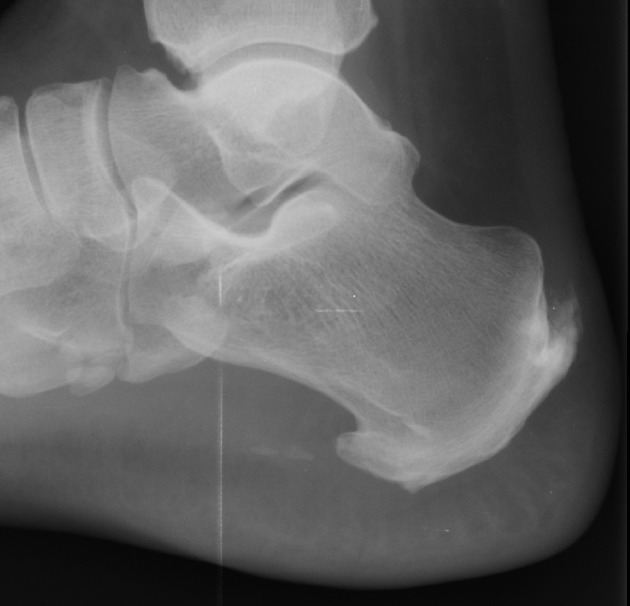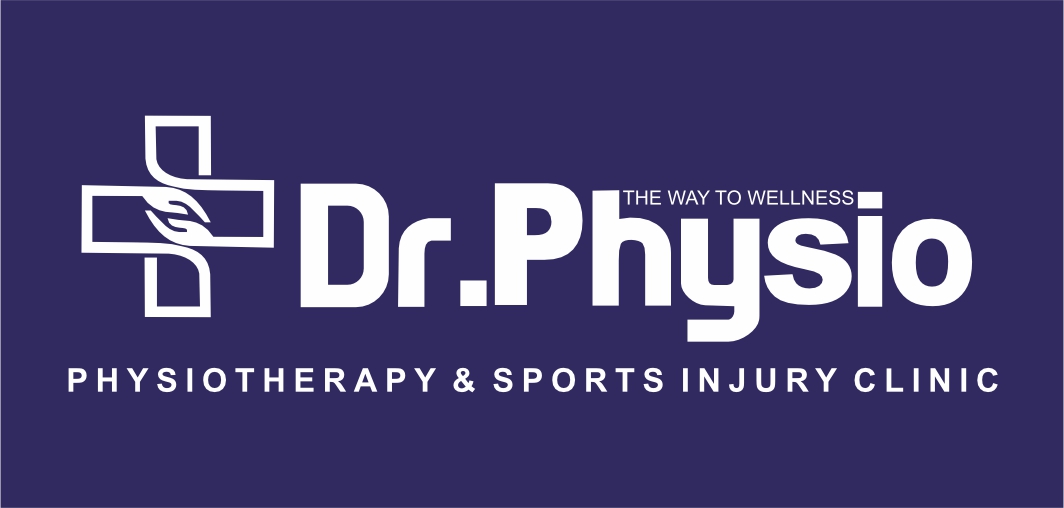+918048039022

This is your website preview.
Currently it only shows your basic business info. Start adding relevant business details such as description, images and products or services to gain your customers attention by using Boost 360 android app / iOS App / web portal.
A heel spur is a bony outgrowth or calcium deposit...

A heel spur is a bony outgrowth or calcium deposit that forms on the underside of the heel bone (calcaneus). It often develops in response to chronic stress and strain on the muscles and ligaments of the foot, especially in the plantar fascia, which is the thick band of tissue connecting the heel to the toes. Common symptoms of heel spur: Sharp pain in the heel, especially when taking the first steps in the morning. Tenderness and inflammation in the heel. Increased pain after prolonged periods of standing, walking, or running. Heel spurs can be diagnosed through X-rays and are often treated with rest, physical therapy, orthotic inserts, anti-inflammatory medications, and, in severe cases, surgery. Stretching exercises and proper footwear can help manage or prevent heel spurs. Physiotherapy for a heel spur typically focuses on relieving pain, reducing inflammation, and improving mobility. Here's an outline of physiotherapy treatments commonly used: 1. Stretching Exercises Calf Stretches: Stretching the Achilles tendon and calf muscles can help alleviate tension in the plantar fascia. Plantar Fascia Stretch: Gently pull your toes back toward your shin to stretch the arch of the foot. Towel Stretch: Sit down, loop a towel around your toes, and pull them gently toward your body to stretch the plantar fascia. 2. Strengthening Exercises Toe Towel Curls: Place a towel on the floor and use your toes to scrunch it up toward you. This strengthens the muscles of the foot. Marble Pickup: Place a few marbles on the ground and try to pick them up using your toes to strengthen the foot muscles. Heel Raises: Strengthening the calf muscles and Achilles tendon by standing on your toes and slowly lowering down. 4. Modalities Ultrasound Therapy: This can help reduce pain and inflammation through the application of sound waves. Taping: Specific taping techniques can help reduce strain on the plantar fascia and support the foot during activity. 5. Icing Ice can be applied to the heel for 15-20 minutes several times a day to reduce pain and inflammation. An ice bottle roll (freezing a water bottle and rolling it under the foot) is a popular method. 6. Orthotic Devices Custom orthotics or heel pads can be used to reduce pressure on the heel spur, helping to alleviate pain. 7. Education and Footwear Advice A physical therapist may recommend avoiding activities that increase pain, such as prolonged standing or running. Proper footwear with good arch support and cushioning is essential to minimize stress on the heel.

